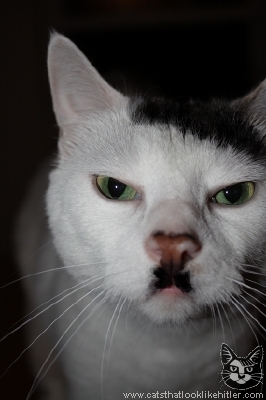| 500grains |
| (.416 member) |
| 18/08/06 03:38 AM |

|
|
|
An increase in velocity exacerbates bullet yaw. More bullet yaw means earlier tumbling which in turn means shallower penetration.
Going to a faster twist rate decreases bullet yaw (up to a point, but going with a super fast twist such as 1:4 can increase it again). Decreased yaw means later tumbling which allows for greater penetration.
A faster twist rate also increase pressure, but this only matters if your loads are right on the edge of what is safe in the rifle.
So why did the old 460 Wby with a 1:18 twist penetrate more shallowly than a 458 win mag with a 1:14 twist? The 460 bullet had too much yaw.
Also, it is important not to confuse twist rate with rotational velocity of the bullet. Increasing twist rate (say from 1;18 down to 1:10) provides the bullet with more stability in flesh. Increasing the rotational velocity (say using a 1:18 twist, but adding 200 fps to the muzzle velocity) increases yaw and tends to decrease stability of the bullet.
So how much yaw is too much? The amount that makes your bullet tumble in flesh before it comes to rest within the animal.
Here is an article that has some info on the topic:
http://www.gsgroup.co.za/articlepvdw.html